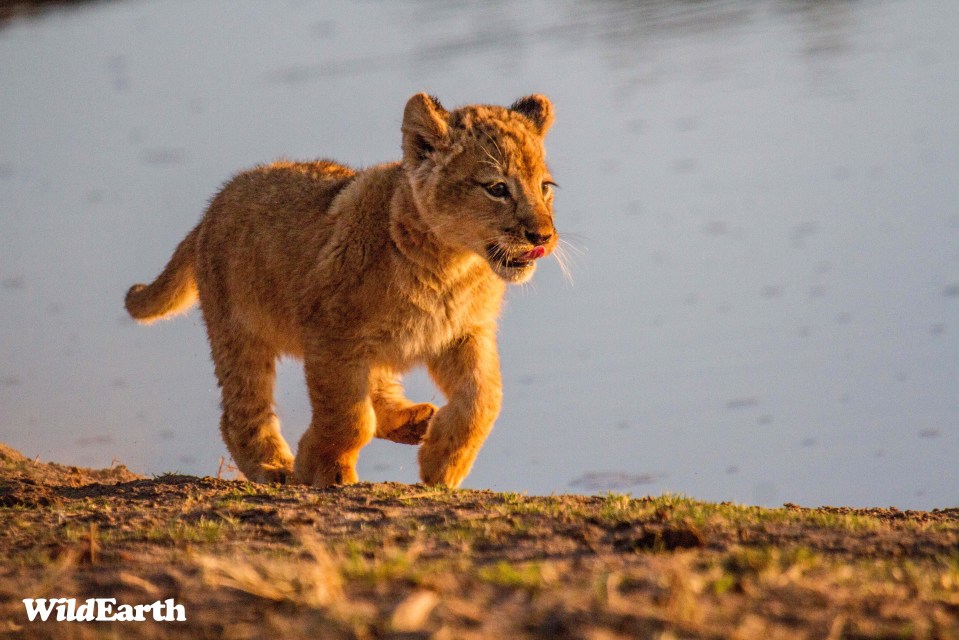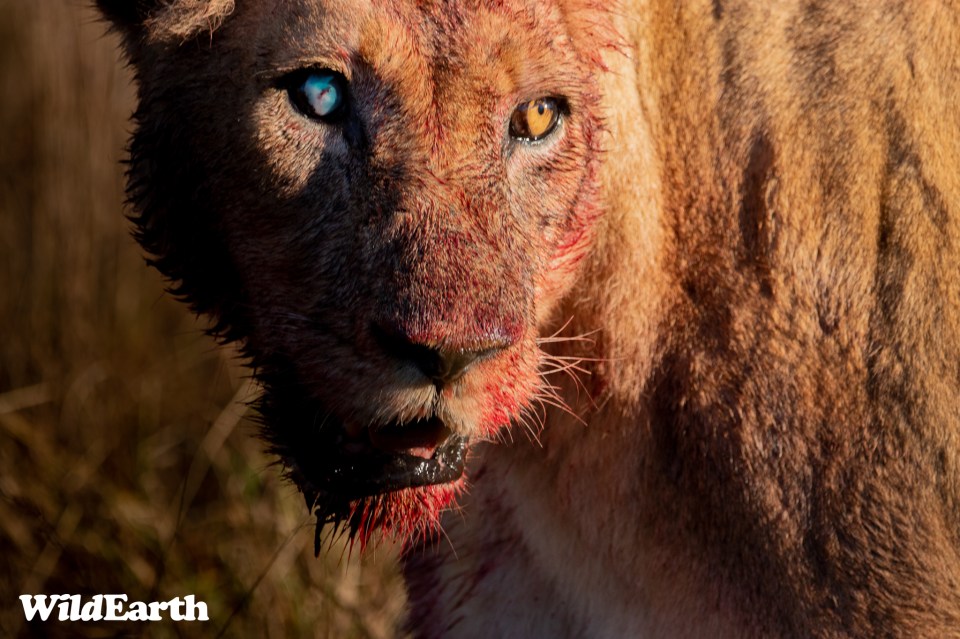Conservation NFTs to help fund wildlife protection efforts

A British nature channel plans to harness the power of non-fungible tokens (NFTs) to protect endangered animals and their habitats.
Wild Earth TV plans to fund habitat and wildlife conservation efforts through the sale of NFTs. The channel, which has 5m monthly viewers, will mint conservation NFTs which are related to physical animals and use proceeds from the sale to fund the preservation of their habitats.
“Right now the mainstream narrative around NFTs is focussed on digital art and cash grabs,” said Wild Earth TV’s chief executive Graham Wallington. “We’re trying to use this digital technology an ability to do something that has not been done before by making people custodians of specific animals.”

NFTs ballooned into a $40bn industry in 2021 quickly gaining a reputation for attracting wild sums for seemingly dubious assets. A digital artwork stored as a jpeg raised $69m in March 2021 and celebrities now regularly spend hundreds of thousands of dollars to snap up cartoon images of apes as NFTs.
“What our project is designed to offer is a third revenue source which is non-consumptive and goes directly to the heart of conservation,” Wallington said, pointing out that nature reserves often rely upon harmful activities such as hunting and tourism to generate revenue.
Proceeds from the initial sale will be split 40-60 between conservationists preserving the animals’ habitats and the TV station. Every time the NFTs are sold on to a new owner eight per cent of the revenue from the sale will be used to support habitats.
While Wallington acknowledged the potential clash between using highly energy intensive blockchain technology and the group’s conservationist aims, he believes that by minting the NFTs on the polygon network instead of the Ethereum blockchain the project will avoid causing severe environmental damage.
“The average energy required to mint an NFT on the Ethereum blockchain could power a US household over six days which is irreconcilable with our conservation objectives,” Wallington said. “We mint onto the polygon blockchain which utilises several thousandth’s of the same amount of energy. So watching our channel for ten minutes takes the same amount of energy as minting our NFTs.”

In the future Wild Earth TV wants NFT holders to feel even more connected with the animal they are helping to protect by creating an online platform will be able to view footage of their animal and connect a community of “meta-custodians.” At a pre-sale event last month Wallington said 1,077 NFTs were picked up, demonstrating an appetite for the tokens.
Read more: Rare Beatles and John Lennon memorabilia to be sold as NFTs